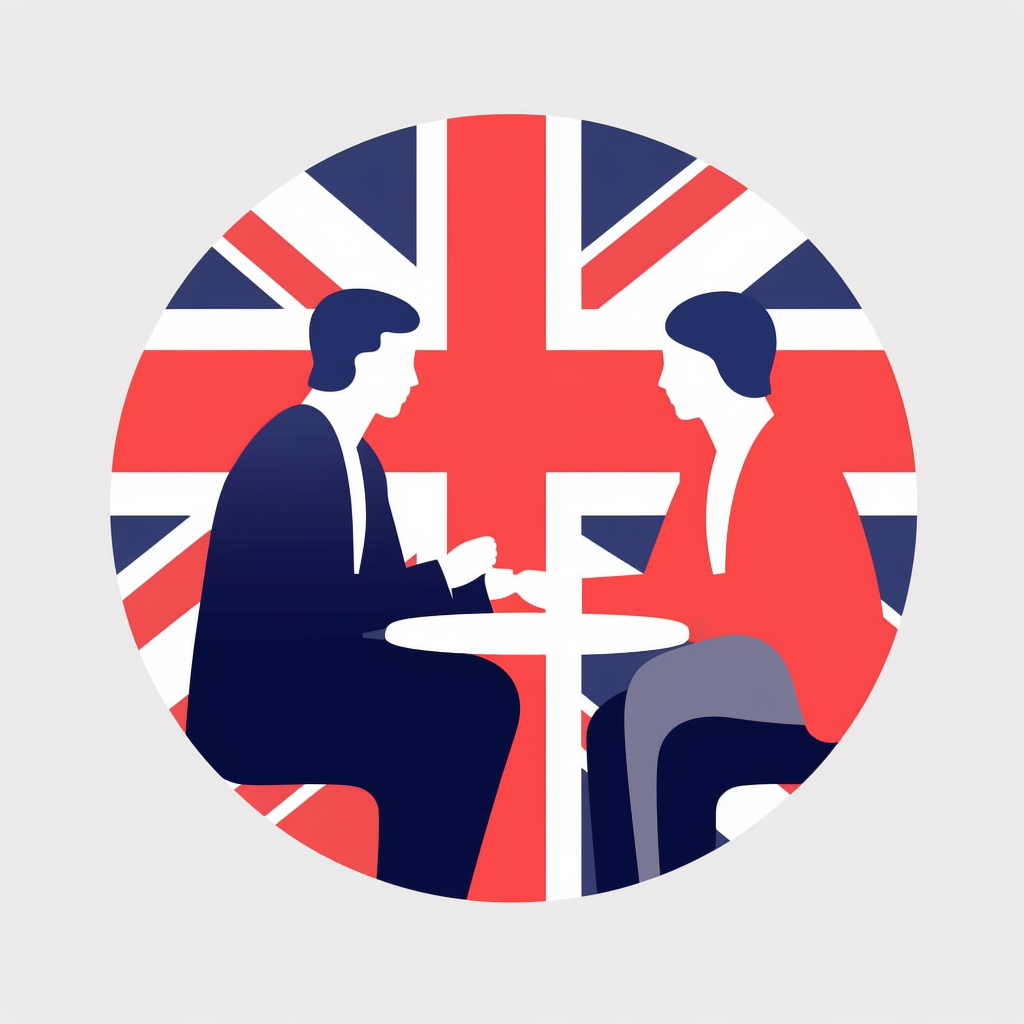

Canadian checking in. A bike will never be a replacement for a truck (the best kind of vehicle for city driving) until the front basket can be mounted high enough that the rider cannot see a child in front of them.


Canadian checking in. A bike will never be a replacement for a truck (the best kind of vehicle for city driving) until the front basket can be mounted high enough that the rider cannot see a child in front of them.
This reminds me of PayPal from 25ish years ago. There wasn’t a convenient way to transfer money online and they built a solution. To achieve critical mass, they offered people $10 to sign up and a $10 referral bonus (if your friend get $10 and you get $10). PayPal burned a lot of investor money to do this, but it paid off when they became the dominant payment method for eBay auctions. In short, it was a costly investment that paid off.
Klarna is trying to become the PayPal of e-commerce, displacing credit cards (and PayPal) and becoming the default means of paying online. Once they start to slow in their growth, they can do the following:
This last point is particularly powerful because they also have the bill of sale, which most payment options don’t. If they offer point-of-sale systems that also collect detailed data, it would further allow them to track people.
I suspect that they are classified in a way that existing restrictions on payment networks do not apply to them. E.g., they may technically be a lending company but act as a payment network; they may be considered the customer in a transaction, that resells the item to the purchaser, etc. Lending companies aren’t expected to work with the copious amounts of detailed data that stores and payment processors do (e.g., Payday Loan doesn’t know I spent part of my loan on a suitcase of Bud Light). Imagine an insurance company knowing how many drinks your table bought at a restaurant, then holding it against you when you make a claim. Or having a job offer revoked because you bought a copy of the Communist Manifesto to see what all the hubbub is about.


You make some great points. If I may, I’d like to expand on them with an alternative perspective.
When investing:
(These figures are approximate but are close enough for the purposes of my point.)
If a farmer has $10M in land and equipment, then we’d expect to see at least $1M profit per year. This is on top of the money that would be earned as a skilled employee who works significant overtime.
In 2022 Canada, potato farming (the second most profitable kind of farming) saw an average revenue of $600k on $480k of expenses. All the investment in land, its preparation, and the business enables an average Canadian potato farm to make the salary of a Canadian senior software engineer. And the senior software engineer doesn’t have nearly the buy-in costs.
Then there is the matter of risk. In Alberta, we’ve recently had some droughts that resulting in harvests so poor that harvesting what did grow was done at a loss. It’s like earning a paycheque so small that it’s not worth driving to pick it up. (The farmers did harvest the crops because it was necessary to collect insurance.)
So, yeah. High cost of buy-in, a lot of work, and a lot of risk for for the opportunity to make less than an American SWE.
Announcing an impending bankruptcy has the potential to hasten it or, in some cases, cause it. Employees and customers are usually kept in the dark while management and investors know.